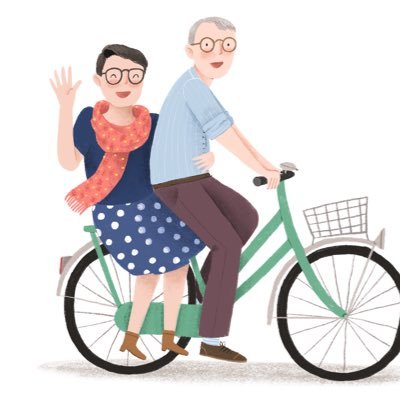
@modacitylife
Authors of ‘Building the Cycling City: The Dutch Blueprint for Urban Vitality’ and ‘Curbing Traffic: The Human Case for Fewer Cars in our Lives’.

@modacitylife
Authors of ‘Building the Cycling City: The Dutch Blueprint for Urban Vitality’ and ‘Curbing Traffic: The Human Case for Fewer Cars in our Lives’.